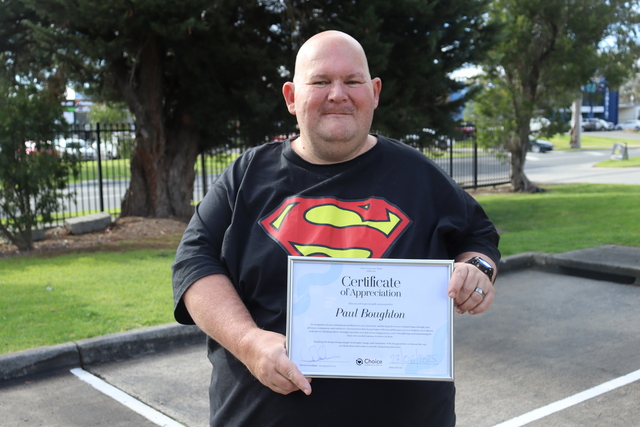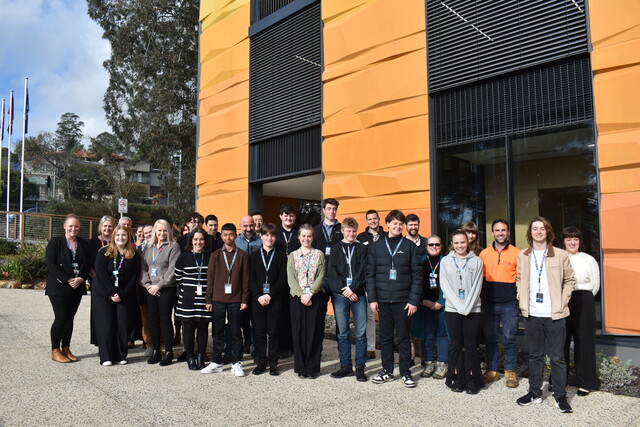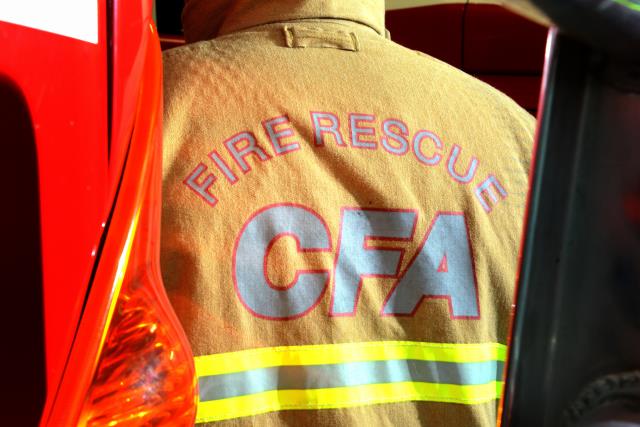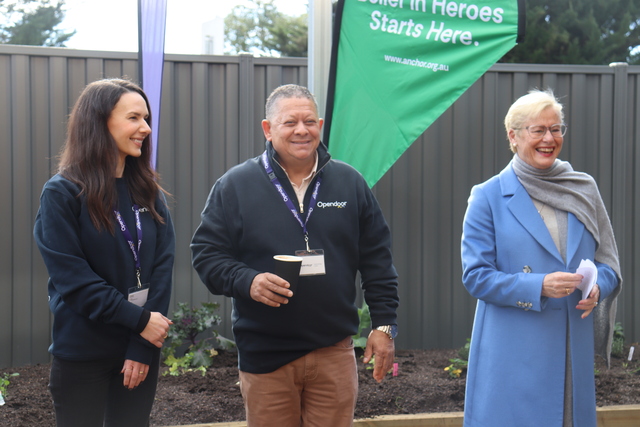When talking about the new Kinley estate, it’s easy to think about the future development but it’s just as important to remember the history of what was the original Cave Hill quarry.
And what a history it has.
In a history talk at Mooroolbark library on Thursday 13 May, Lilydale and District Historical Society president Sue Thompson spoke of the diverseness of the land and the rich history on which the Kinley estate will stand.
Family and local history librarian Heidi Bell said the talk was originally meant to go ahead last year but had to be postponed because of Covid-19.
So instead they made it part of the Eastern Regional Libraries Reconnect Festival.
“It’s great to be able to do events in person again,” Ms Bell said.
Although limited to ten people, the room was full and intent on listening to the wonderful and seemingly unknown history of the quarry.
When an apprentice stonemason by the name of David Mitchell arrived in Victoria in 1852 after travelling from Scotland, no one could possibly know how much of a legacy he would leave in Lilydale.
Although during the goldrush, Mr Mitchell had other ideas on how to make money and so he started as a building contractor.
Famous for his contribution to what is now the Melbourne CBD, Mr Mitchell built many of the landmarks known today including Scots Church and the Exhibition Building.
But it was his love for limestone that made Mr Mitchell a household name in the Lilydale area.
In 1875 he acquired the land, now located between Hull Road and Mooroolbark Road, called Cave Hill Quarry.
By 1878 the quarry was open and operational.
With personal interests driving him but also acting on behalf of the town, Mr Mitchell helped justify the need for a railway line in Lilydale which became a reality in 1882.
Wanting to make his workers and quarry operation the most effortless and seamless, Mr Mitchell built a kiln train line on ground level so the men working at the kilns could easily transport the limestone to Burnley to be processed further.
“David Mitchell was a terribly inventive fellow, a very very smart man,” Ms Thompson said.
Instead of getting the horses to cart the rock up and down the quarry, Mr Mitchell invented a lift system with carts where workers could load and unload the rock for the kilns, meaning the horses only had to be brought up to the top at the end of the day.
“There are still parts of that system there and it’s going to be left there, I think, by Kinley because it is a good explanation of how industry worked in those days,” Ms Thompson said.
David Mitchell became the single largest owner of land in the Lilydale Shire, owning thousands of acres.
With much of the land cleared because he needed wood for the kilns at Cave Hill Quarry, Mr Mitchell decided he needed to do something with the land.
And so he invested in a stud of dairy cows.
“He was actually one of the first people to set up a milk plant there and at that time pasteurisation was in America but not out here in Australia,” Ms Thompson said.
After a number of child deaths from unsafe milk, scientists from The Pure Milk and Dairy Co began looking into the process of pasteurisation.
“[Mr Mitchell] actually closed down his whole operation for 12 months to allow them to experiment at his plant, to fine tune the pasteurisation.”
Not only did Mr Mitchell set about to make milk but he also made butter and cheese.
With what was left over from those processes, he decided to feed it to pigs and eventually set up a meat curing factory.
From the fat that remained from the piggery, Mr Mitchell turned it into soap of two varieties – normal household soap and fragrant soap branded as the Cave Hill Soap Company.
It was later discovered that Mr Mitchell was also one of the first people to utilise mechanical milking technology.
“So when you talk about Cave Hill, we have to be careful that we’re not just talking about the quarry, we’re talking about the whole operation,” Ms Thompson said.
David Mitchell died in 1916 and was remembered as the ‘father of Lilydale’.
He donated much of his time, workers and materials to help build what we now call the town of Lilydale.
Since his death, Cave Hill saw many of its men fight in wars, particularly in World War II, all of whom are now listed on the entry gates.
The Lilydale and District Historical Society was engaged by Kinley to research all of those men who served, as some of them will form the street names of the new estate.
In 2002 the Mitchell family separated from Cave Hill and sold the land to Unimin which eventually became Sibelco.
After getting the first stage of the build approved, Sibelco then sold the land to Kinley in 2017.
Kinley have plans to build up to 3000 homes but will ensure the heritage listed buildings from the butter and piggery factories remain intact.
Many of the reasons why people decided to attend the history talk were because they lived so close to the site.
For Marie Mutton, her interest in Cave Hill and David Mitchell comes from a passion of learning about the history of places and that’s why she decided to attend the talk on both their histories.
Living right opposite Kinley, Ms Mutton has felt the disturbances of the build.
“It might be alright when it is finished but for the moment we can’t see the width of the trees because of all that mess and Hull Road being a bit destroyed and everything else and I think it closes for six weeks again, so it’s going to mean more major disruptions.”
“But I’ve always been interested in David Mitchell and Nellie and all the rest of it and knowing that that’s part of our area.”
Ms Bell also said she never knew how much history Cave Hill had and how much David Mitchell did for Lilydale and as a businessman.
Ms Bell is hoping Eastern Regional Libraries can host a similar event on the history of Kinley later in the year at Lilydale Library.







